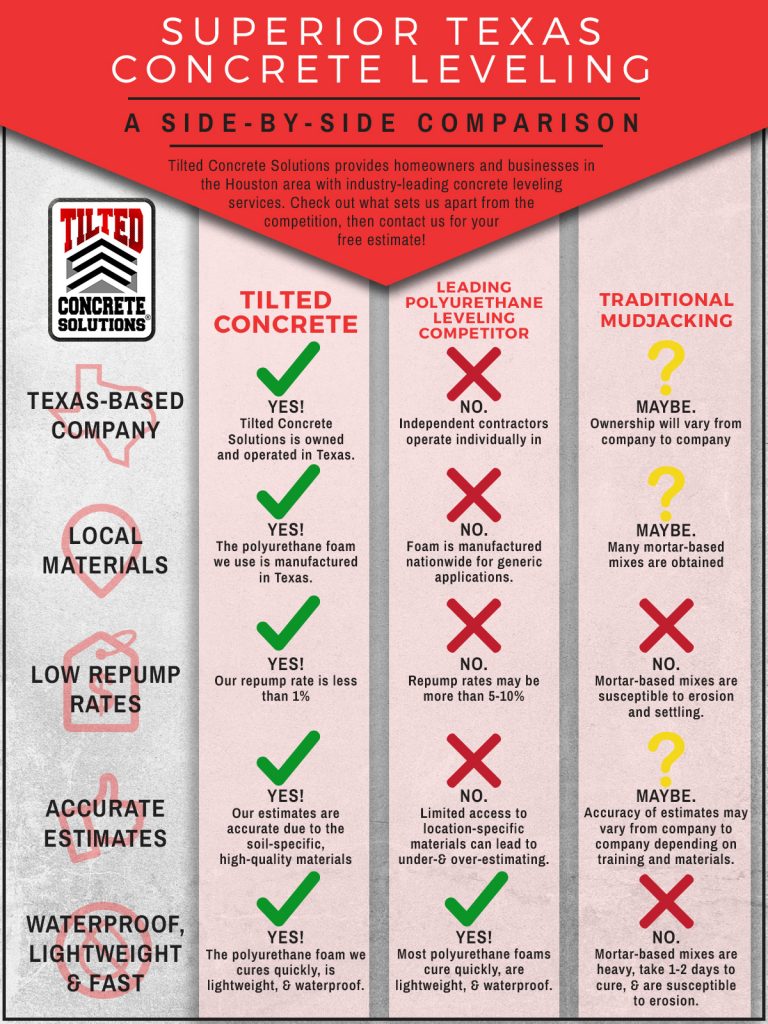Discover The Methods Which Seasonal Aspects Can Impact The Success Of Industrial Outside Paint And Determine The Best Times To Achieve Long-Term Results For Your Project
Discover The Methods Which Seasonal Aspects Can Impact The Success Of Industrial Outside Paint And Determine The Best Times To Achieve Long-Term Results For Your Project
Blog Article
https://www.housedigest.com/964641/best-tips-for-painting-trim/ By-Korsholm Browne
When you're planning an industrial outside paint task, seasonal elements can make or break your results. You'll intend to take into consideration just how temperature level and humidity effect paint application and drying out times. Picking the appropriate season can ensure your paint sticks appropriately and lasts longer. Yet which seasons are absolutely the most effective for this sort of work? Let's explore the key elements that can affect your job's success.
The Effect of Temperature on Paint Application
When you're planning a business outside paint project, the temperature can dramatically affect how well the paint sticks and dries.
Ideally, you wish to repaint when temperatures vary in between 50 ° F and 85 ° F. If it's also cool, the paint may not treat properly, resulting in problems like peeling off or cracking.
On the other hand, if it's also warm, the paint can dry too swiftly, avoiding correct attachment and leading to an unequal finish.
You should also consider the time of day; early morning or late afternoon uses cooler temperature levels, which can be a lot more desirable.
Always inspect the manufacturer's recommendations for the certain paint you're utilizing, as they frequently provide advice on the excellent temperature variety for optimum results.
Moisture and Its Effect on Drying Times
Temperature level isn't the only ecological aspect that affects your business external painting project; humidity plays a considerable function too. High moisture levels can slow down drying times substantially, impacting the total quality of your paint work.
When the air is filled with moisture, the paint takes longer to cure, which can lead to concerns like poor bond and a greater threat of mildew development. If you're repainting on an especially moist day, be planned for extensive delay times between coats.
ceiling and walls painted same color to check local climate condition and plan accordingly. Ideally, go for humidity degrees between 40% and 70% for ideal drying.
Keeping these factors in mind guarantees your job remains on track and supplies a lasting finish.
Best Seasons for Commercial Outside Paint Projects
What's the best season for your commercial outside painting jobs?
Springtime and very early autumn are usually your best options. Throughout these seasons, temperature levels are mild, and moisture degrees are typically reduced, producing perfect problems for paint application and drying.
Avoid summer's intense heat, which can cause paint to dry too quickly, causing bad attachment and coating. Likewise, wintertime's cold temperature levels can hinder proper drying and curing, risking the longevity of your paint work.
Go for days with temperatures in between 50 ° F and 85 ° F for ideal results. Bear in mind to check the neighborhood weather prediction for rainfall, as wet conditions can spoil your task.
Planning around these variables guarantees your painting project runs smoothly and lasts longer.
Final thought
In conclusion, planning your commercial external paint projects around seasonal factors to consider can make a considerable difference in the result. By scheduling job during the excellent temperatures and moisture degrees, you'll make certain far better adhesion and drying out times. Keep in mind to watch on local weather report and pick the right time of year-- springtime and early autumn are your best options. Taking these steps will aid you attain a resilient and professional coating that lasts.
